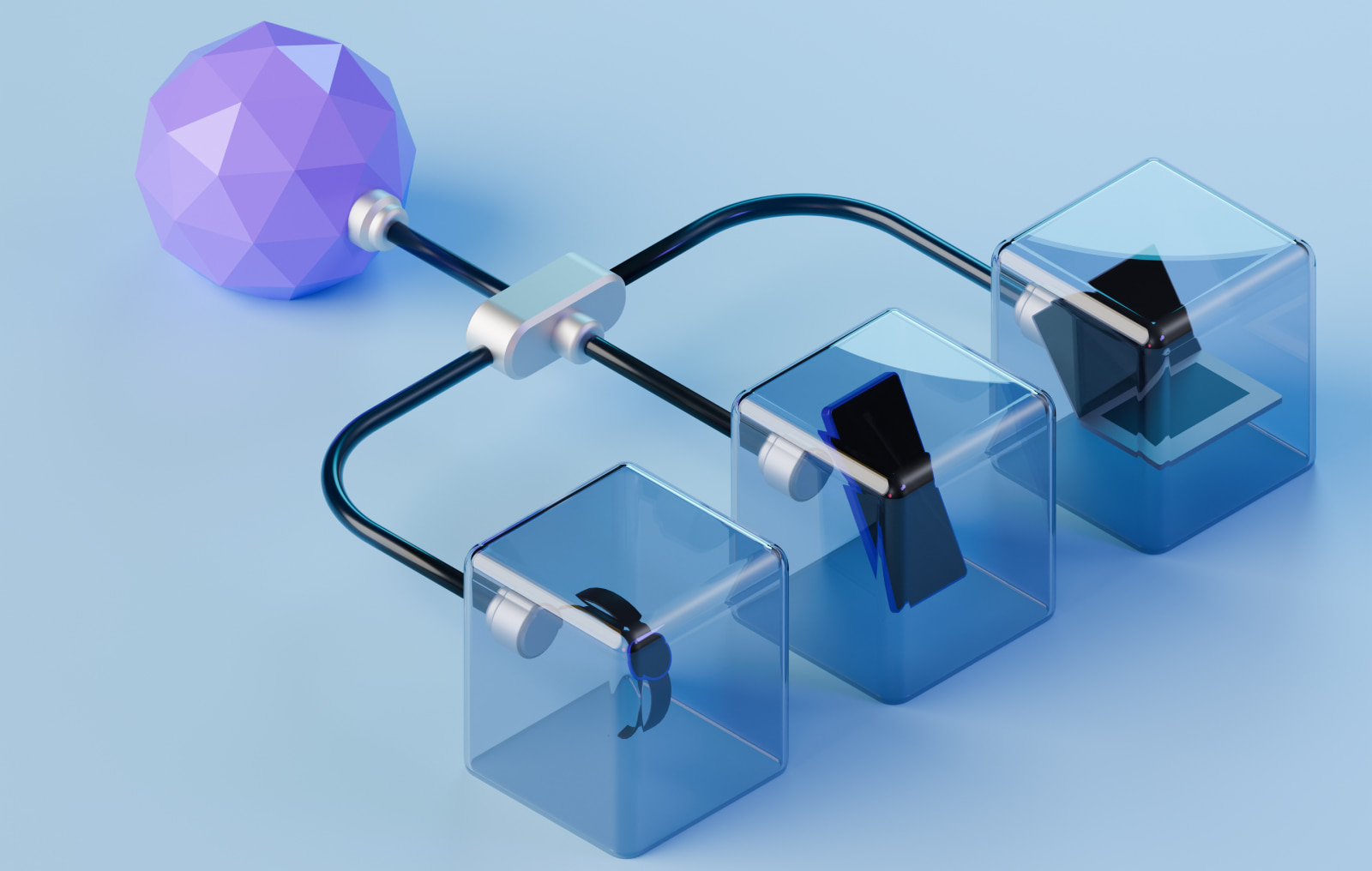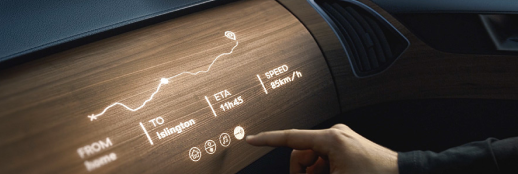In the age of instant updates and customisation, it’s no longer enough for companies to create decent products – they have to be able to rapidly modify or customise products to changing client needs or wider market demands. This is where white-label products come in: they involve taking a generic product and modifying it to appear as though it has been uniquely designed by the client company. However, the potential of white-label products can be maximised when they are developed within an integrated design system. In this article, we’ll address what a design system is and how integrating one into the white-labelling process can help make digital products a success.
What is a Design System?
Fundamentally, a design system is a ready-to-use blueprint for product development in the digital realm by way of reusable components collated into a library and governed by explicit rules for how they might be assembled to produce any variety of apps. A design system is more than a kit of UI screens – it is a set of design principles, patterns and conventions followed by a set of best practices in adhering to them, which establishes the language and mechanics of their collective utility in order to achieve consistency in product design and user experience throughout the ecosystem’s development. The design system operates as a propulsive vector for organising teams around a common benzene ring of a design language.
The Synergy Between Design Systems and White-Labeling
From a white-label perspective, aiming to recompose the product to align with your clients’ branding and functional needs is much more effective when the resulting design has a conversion rate that doesn’t drastically differ from the original. This is where a design system can prove a real gift, for at least the following four reasons:
1. Streamlined Customization Process
A design system is precisely about bringing ‘order’ to all this, so that you can customise your product quickly, on-brand, for every single one of your clients. By having a codified library of components and styles to pick from, you can give your current designer and developer everything they need to fine-tune visuals and interfaces at-a-glance, safe in the knowledge that it will continue to function as designed and work well for users.
2. Consistency Across Branding
Consistency of a UX and UI across multiple brands can be an overwhelming task without a cohesive bible. Design systems support your product as it evolves into new forms, staying familiar and low-learning curve for the end-user by building on elements the user already utilises elsewhere in your world.
3. Enhanced Collaboration and Efficiency
Design systems create a shared space where designers and developers can work more closely together. Providing a common toolbox and rules for implementing them minimises back-and-forth while speeding development and minimising the chance of breaking application logic (or UX) in the design stage and vice versa. In white-labelling, where time is money (literally) and time-to-market of a customisable product is of vital importance, these efficiencies become critical.
4. Scalability and Flexibility
In this way, a design system scales so that evolving a product also has some built-in familiarity for future product iterations. When the main product evolves, adding new features or modifying the existing features, a well-developed design system ensures that evolutions will work well in the context of one another, making it easier to evolve a product whitespectacularly creating growth while still staying familiar.
Conclusion
A design system investment is not just about improving design consistency and development agility; it’s about laying the groundwork for new, agile ways to customise products that can keep up with the rapidly changing principles of accommodating white-labelling. For products that are distributed by companies to partners and clients, a well thought-out design system can help ensure that the products that emerge will meet those companies’ clients’ needs for customisation, while maintaining a high bar for user experience and brand quality. In today’s world of digital products, where the alternative ‘opinion’ – that flexibility and flexibility are in conflict – falls short, a good design system is not just a great idea, it’s an indispensable one.



